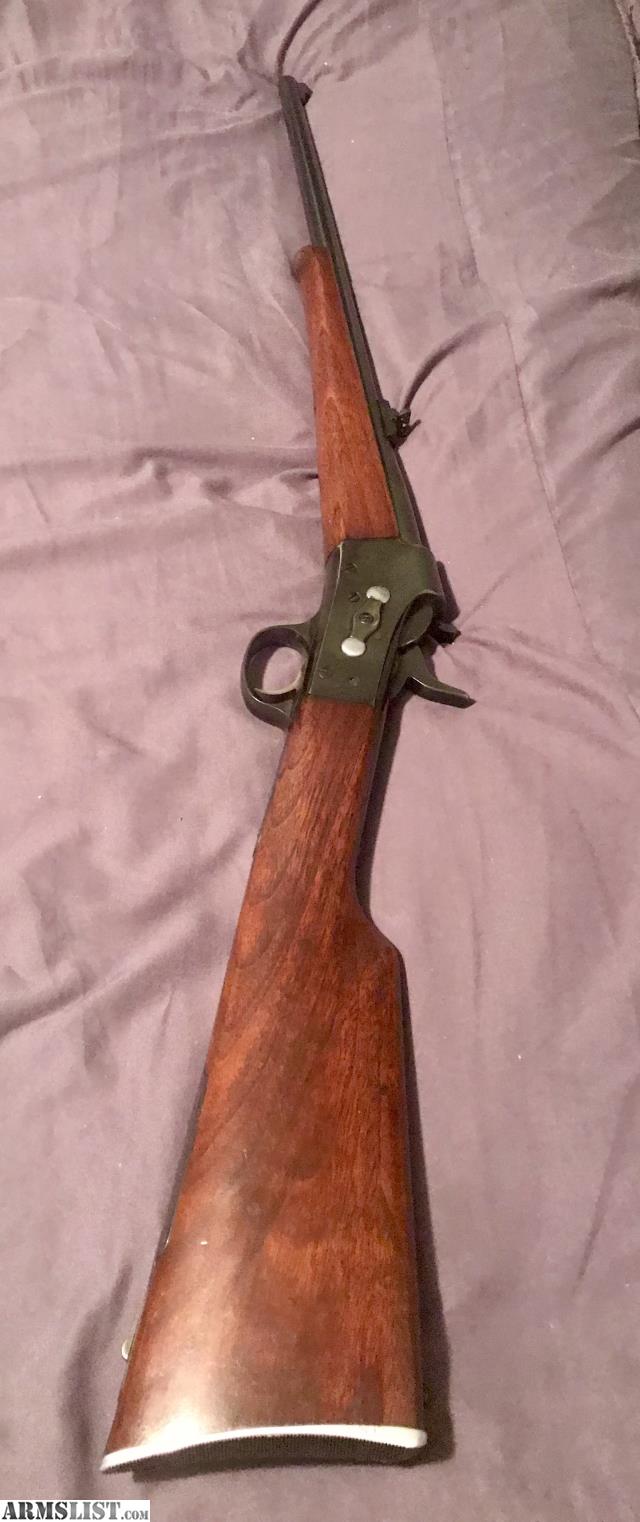
The Remington totalled a mere 25 parts to the Peabody's 37, and it was approved for use by both the Swedish and the Norwegian armed forces, as their standard military rifle, on 22 November 1867.Ībout 200,000-220,000 military rifles and 7,000 military carbines using the m/1867 action were manufactured as complete weapons in Sweden, 100,000-120,000 rifles and 4,000 carbines by Carl Gustafs Stads Gevärsfaktori (a government owned arsenal) and 100,000 rifles and 3,000 carbines by Husqvarna Vapenfabriks Aktiebolag. In the end, the commission based their decision on price and complexity. Further testing - which included test firing by previously untrained troops - showed that both the Peabody and the Remington was suitable for issuing to the field army. These - along with the repeating rifles - were dropped from further testing. Sharps - American design using paper cartridgesĪfter various tests, including repeated firings, it was clear that the needle guns were not particularly well-suited.Burnside - American design with metallic cartridge.Palmcrantz - Swedish design (See Helge Palmcrantz).Larsen - Norwegian modification of the Henry.Henry - American design, tubular magazine under the barrel.


Remington rolling block rifle 7mm license#
With the exception of the first 10,000 rifles and 20,000 actions (for conversions of older rifles), which were made by Remington in the US, all Model 1867 Remington rolling block rifles and carbines were made under license in Sweden and Norway, by Carl Gustafs stads Gevärsfaktori and Husqvarna Vapenfabriks Aktiebolag in Sweden and by Kongsberg Vaapenfabrik in Norway, with the two Swedish manufacturers producing about 80% of the weapons. The 12.17 mm caliber was chosen because the Swedish army had approximately 30,000 new muzzle loading Model 1860 and breech-loading Model 1864 rifles in 12.17 mm caliber in stock, rifles that were suitable for conversion to Model 1867 rolling block rifles. Nominally it had a caliber of 4 decimal lines, but the actual caliber was 4.1 Swedish decimal lines or 3.88 Norwegian decimal lines (12.17 mm), and it fired a rimfire round with a 12.615 mm (.497 in) lead bullet. The Model 1867 Remington rolling block rifle was the first rifle using metallic cartridges to be adopted by the Swedish and Norwegian armies. Norway: M1867, M1888 & 1891 Carbine conversions

Norway: 53,450 rifles (of which 5,000 were later converted to carbines) About 5,000 of the rifles made in Sweden were delivered to Norway while the rest of the production was for Sweden Sweden: 237,000-257,000 rifles and carbines, including conversions of older rifles to rolling block.


 0 kommentar(er)
0 kommentar(er)
